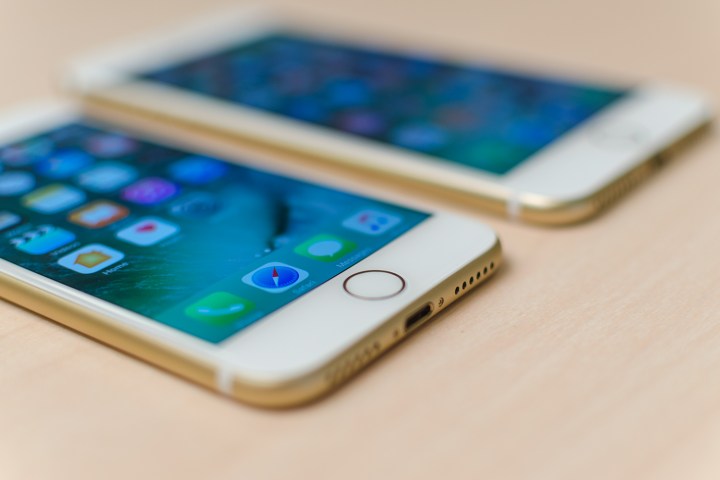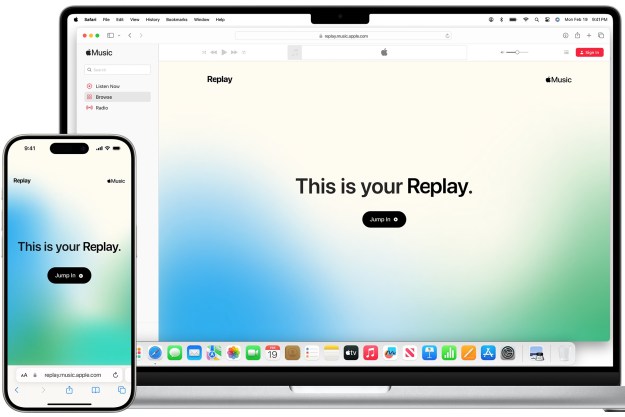
The patent itself was first spotted by AppleInsider, and was made public on Tuesday by the U.S. Patent and Trade Office. This isn’t the first time we’ve heard of such a move from Apple. In fact, rumors of a Home button replacement have been swirling around for some time, with the latest rumors even suggesting that we’ll see a MacBook Pro-style TouchBar replace the home button.
The Home button has long been a staple of the iPhone. Ever since the ground-breaking smartphone was first launched in 2007, that user-interface element has remained in the same spot — although its functionality has evolved over time to include a fingerprint sensor.
It’s important to note that just because Apple has been awarded a patent doesn’t mean we’ll see the Home button disappearing anytime soon; it just means Apple has been thinking about it. It would line up with rumors suggesting that the next iPhone’s screen will cover a much larger percentage of the front of the phone, however, leaving the Home button with nowhere to go except in the display itself.
That’s only one of the big hardware changes expected from the 10th-anniversary iPhone, which is to be launched later this year. Other anticipated features include a glass and steel body, a curved edge display, and even the long-awaited wireless charging.
Implementing the fingerprint scanner would likely use tech from LuxVue, a company that Apple acquired back in 2014. That tech comes in the form of micro-LEDs, which can be used as a replacement for capacitive touch arrays through the use of infrared diodes.
Editors' Recommendations
- Apple just did something amazing to the iPad
- Apple issues fix for ‘ghost touch’ problem on older Apple Watches
- Apple just announced the dates for WWDC 2024
- 8 watches you should buy instead of an Apple Watch
- Apple just released iOS 17.4. Here’s how it’s going to change your iPhone

